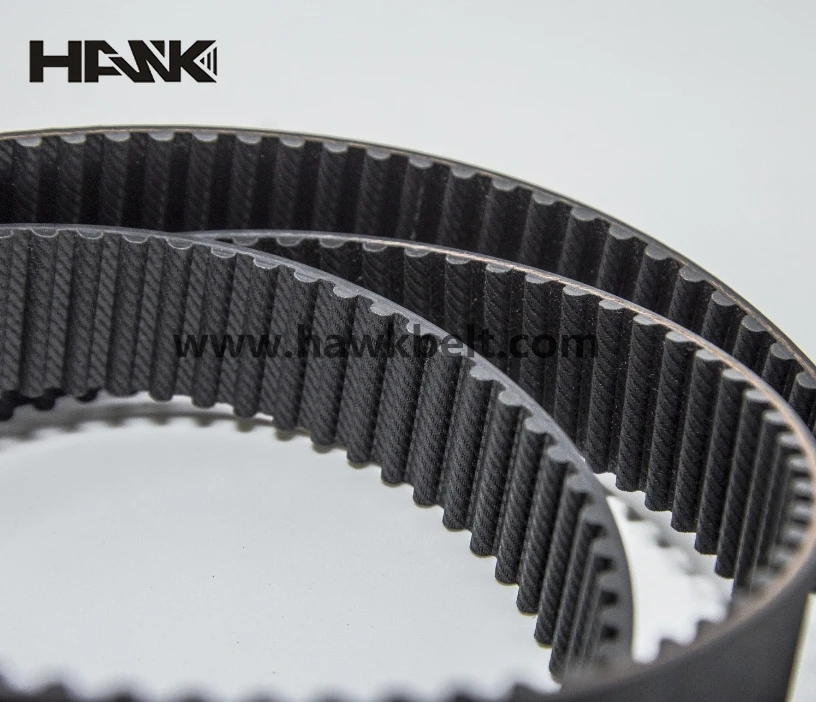- Arabic
- French
- Russian
- Spanish
- Portuguese
- Turkish
- Armenian
- English
- Albanian
- Amharic
- Azerbaijani
- Basque
- Belarusian
- Bengali
- Bosnian
- Bulgarian
- Catalan
- Cebuano
- Corsican
- Croatian
- Czech
- Danish
- Dutch
- Afrikaans
- Esperanto
- Estonian
- Finnish
- Frisian
- Galician
- Georgian
- German
- Greek
- Gujarati
- Haitian Creole
- hausa
- hawaiian
- Hebrew
- Hindi
- Miao
- Hungarian
- Icelandic
- igbo
- Indonesian
- irish
- Italian
- Japanese
- Javanese
- Kannada
- kazakh
- Khmer
- Rwandese
- Korean
- Kurdish
- Kyrgyz
- Lao
- Latin
- Latvian
- Lithuanian
- Luxembourgish
- Macedonian
- Malgashi
- Malay
- Malayalam
- Maltese
- Maori
- Marathi
- Mongolian
- Myanmar
- Nepali
- Norwegian
- Norwegian
- Occitan
- Pashto
- Persian
- Polish
- Punjabi
- Romanian
- Samoan
- Scottish Gaelic
- Serbian
- Sesotho
- Shona
- Sindhi
- Sinhala
- Slovak
- Slovenian
- Somali
- Sundanese
- Swahili
- Swedish
- Tagalog
- Tajik
- Tamil
- Tatar
- Telugu
- Thai
- Turkmen
- Ukrainian
- Urdu
- Uighur
- Uzbek
- Vietnamese
- Welsh
- Bantu
- Yiddish
- Yoruba
- Zulu
Dec . 14, 2024 23:10 Back to list
belts timing
Understanding Timing Belts A Vital Component of Your Engine
The modern automobile is a complex machine comprised of many intricate parts, each playing a crucial role in the overall functionality of the vehicle. Among these components, the timing belt stands out as one of the most vital. Understanding timing belts and their functions is essential for anyone interested in automotive maintenance or repair.
What is a Timing Belt?
A timing belt is a rubber band with teeth that links the crankshaft to the camshaft in an internal combustion engine. Its primary purpose is to ensure that these two essential components move in sync, allowing for optimal engine performance. The crankshaft converts the linear motion of the pistons into rotational motion, while the camshaft controls the opening and closing of the engine’s valves. If these two components fall out of alignment, it can lead to catastrophic engine failure.
Importance of Timing Belts
The timing belt is not just a simple component; it is fundamental to the engine’s performance. The precise synchronization of the crankshaft and camshaft is crucial for efficient combustion. When the timing belt is functioning correctly, your engine operates smoothly, and fuel efficiency is maximized. Conversely, a worn or broken timing belt can cause severe damage to the engine, resulting in costly repairs.
Signs of a Failing Timing Belt
It is essential for vehicle owners to be aware of the warning signs that indicate a failing timing belt. Some common symptoms include
1. Unusual Noises A ticking or rattling noise coming from the engine could indicate that the timing belt or its associated components are wearing out.
belts timing

2. Engine Misfiring If the engine feels unsteady or misfires, the timing may be off due to a failing belt.
3. Oil Leaks A timing belt that has worn down can cause oil seepage near the engine’s front.
4. Check Engine Light Illumination of the check engine light can indicate an issue with the timing belt or related components.
Maintenance of Timing Belts
Preventing timing belt failure is critical for maintaining engine health. Most manufacturers recommend replacing the timing belt every 60,000 to 100,000 miles, depending on the vehicle model. Regular maintenance includes checking the timing belt for signs of wear, such as cracks, fraying, or other damage.
It is also advisable to replace the timing belt in conjunction with other components such as tensioners and water pumps as they often wear out together. Neglecting to change the timing belt can lead to a breakdown, and in severe cases, a complete engine overhaul may be required.
Conclusion
In summary, the timing belt is an essential component of an internal combustion engine, linking the crankshaft and camshaft to ensure they work in harmony. Understanding its role and paying attention to the symptoms of wear can save vehicle owners considerable time and money. Regular maintenance and timely replacement of the timing belt can prevent catastrophic engine damage and keep your vehicle running smoothly for years to come.
As the automotive industry continually evolves, newer technologies such as timing chains are emerging, which promise greater reliability and longevity compared to traditional timing belts. However, for vehicles equipped with timing belts, taking proactive measures in their maintenance is crucial. Ultimately, being informed and vigilant can ensure that your engine performs optimally, enhancing both the lifespan of your vehicle and your peace of mind on the road.
-
Korean Auto Parts Timing Belt 24312-37500 For Hyundai/Kia
NewsMar.07,2025
-
7PK2300 90916-T2024 RIBBED BELT POLY V BELT PK BELT
NewsMar.07,2025
-
Chinese Auto Belt Factory 310-2M-22 For BMW/Mercedes-Benz
NewsMar.07,2025
-
Chinese Auto Belt Factory 310-2M-22 For BMW/Mercedes-Benz
NewsMar.07,2025
-
90916-02660 PK Belt 6PK1680 For Toyota
NewsMar.07,2025
-
drive belt serpentine belt
NewsMar.07,2025

